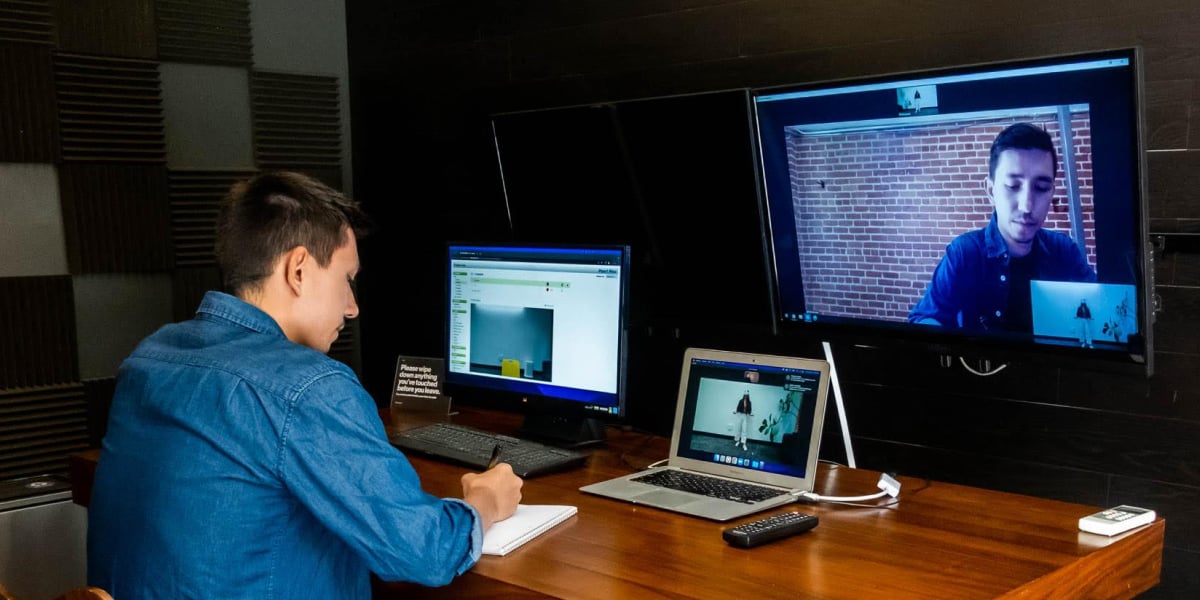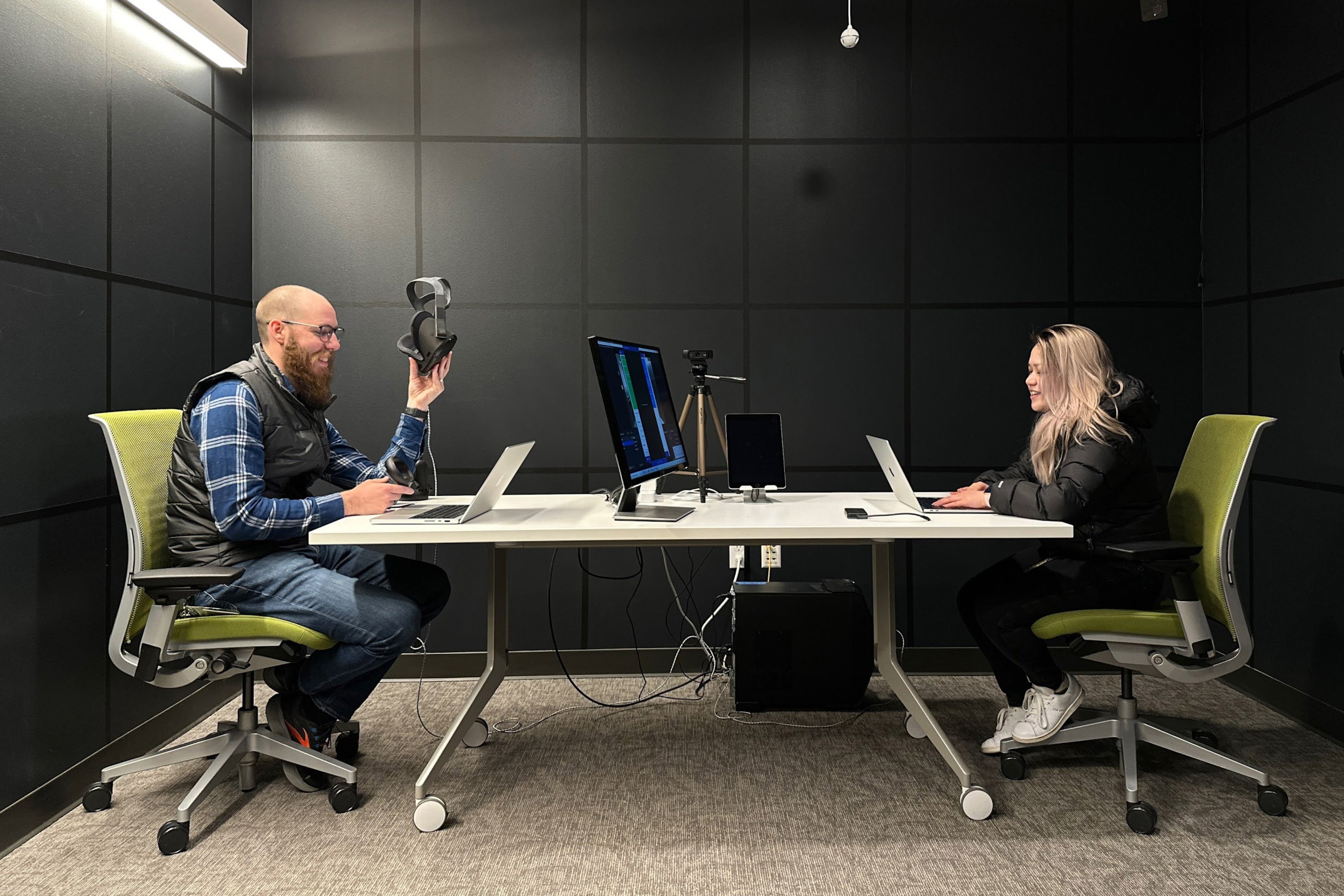
By
John Dirks
Is UX research a valuable investment? As a product design firm that’s built its reputation on high-quality research, Blink’s answer will always be a resounding “yes,” and we’re not the only ones in this camp.
According to a Forrester study, every dollar invested in UX brings $100 in return. We know quality research is expensive, and deciding how and where to allocate resources is paramount. To help you make sound decisions for your team, here are a few reasons to prioritize research when designing new products, features, or services.
Research helps prevent bad decisions
One of the first steps toward launching a successful product is identifying user needs upfront. When creating a new product or feature, it can be tempting to rely on assumptions about how your customers will respond or behave, whether something will truly meet their needs, or whether customers will perceive your product as better than what they currently use.
Sometimes, more vocal or senior team members with limited information and strong opinions sway product decisions. While we celebrate instances where gut instincts lead to multimillion-dollar successes, it's worth considering the countless millions spent when things don’t go as planned.
Early research brings objectivity to the table. It offers direct customer insights about what will meet their needs, help them achieve their goals, and delight them enough to consider investing in a new product or upgrade.
Real-world example: A resource-saving redirect
We once tested a concept for an internal application at a major corporation. The concept involved creating a LinkedIn-like social network for internal employees so that team members, especially those matrixed from other groups or divisions, could quickly learn about each other and the projects other employees had worked on.
The idea sounded promising, and the prototypes were robust enough to give study participants across the organization a good idea of the application benefits.
So, we set out to test the concept. The result? It bombed. Participants said they would spend little or no time creating profiles; they felt that the application could portray them in a way that might limit their career growth, and they didn’t need another “HR app.”
The small team that hoped to develop the app was disappointed. Still, our study led them to pull the plug on the effort early and focus their energy and limited resources elsewhere.
Research aligns teams
In large, multidisciplinary product teams, stakeholders often have differing ideas about the best course of action, and spirited conversations can ensue over which features to prioritize on a product roadmap. For example, representatives from product design, marketing, engineering, and customer service may all advocate for different needs from their unique perspectives.
Research evidence can play a pivotal role in aligning teams on roadmap decisions, particularly if stakeholders are brought into the research process. Research builds empathy across a team for customers and their needs and gives stakeholders essential information to justify strategic decisions based on customer observations, behaviors, or usability feedback. Ultimately, research empowers individuals and teams to make informed, evidence-based choices that lead to better outcomes.

Research saves money
Whether it’s by preventing a months-long pursuit of ideas that prove to be nonviable, being able to prioritize features for upcoming product sprints that add value to customers based on real observations and feedback, or providing insights that help prevent or anticipate future support calls, investments in early research can pay off many times over.
Real-world example: The cost of fragmented research
A few years ago, Blink conducted confidential benchmark research on a highly anticipated product. It was a technological breakthrough in many ways and included features far ahead of its competition. The launch date was approaching fast, and because the product was so confidential, we could only conduct research with spouses or partners of trusted employees under strict nondisclosure agreements.
Despite significant research and development investment, company insiders told us there had not been enough foundational user research surrounding several key product features. Decisions about the product’s design came from senior management rather than teams following a user-centered design process.
Through two rounds of usability benchmark testing, we found that the product performed poorly against critical user success metrics. Study participants struggled to complete basic tasks, found the innovations confusing, and did not see value in the key features intended to set the product apart from its competition. Satisfaction ratings in the study were very low.
Research reveals opportunities
“I was warned before the research sessions that our minds would be blown and that there was no real way to anticipate what we would see and hear. I underestimated that comment." —client at Kitsap Credit Union
Whether qualitative or quantitative, research can highlight opportunities for design improvements by revealing unmet needs, pain points, and compromised experiences. Research sets out to discover or assess opportunities, but even in more evaluative research studies, viewing insights through a strategic lens can be a basis for generating promising new ideas and solutions that better meet customer needs.
Insights for confident designs
While quality research can involve a significant investment, there are major benefits: higher chances of product success, aligned teams, cost savings, more usability products, and the ability to uncover new opportunities. By gathering insights directly from users, you can also fail fast and refocus efforts in the early stages of product development, so you’re more likely to be successful in the long run.
Even though our study raised serious questions about the product’s usability and core value proposition, the product was ultimately released as scheduled, and the company did little to address any of the problems we observed. Despite pre-release marketing hype, this product ultimately failed, and the company pulled it from the market within a year.
The fundamental problem was not that the team had neglected to do any user research during product development at all but that research had happened in organizational silos around specific features. When all of its features came together, the product possessed serious usability challenges and did not provide its intended value or meet people’s needs.
Core research around the product’s value proposition and basic interactions was absent (or worse yet, ignored in the fast march to get a product out the door). Sometimes, not doing the right kind of research, ignoring research results, or doing research too late puts a product at great risk and wastes millions of dollars.




